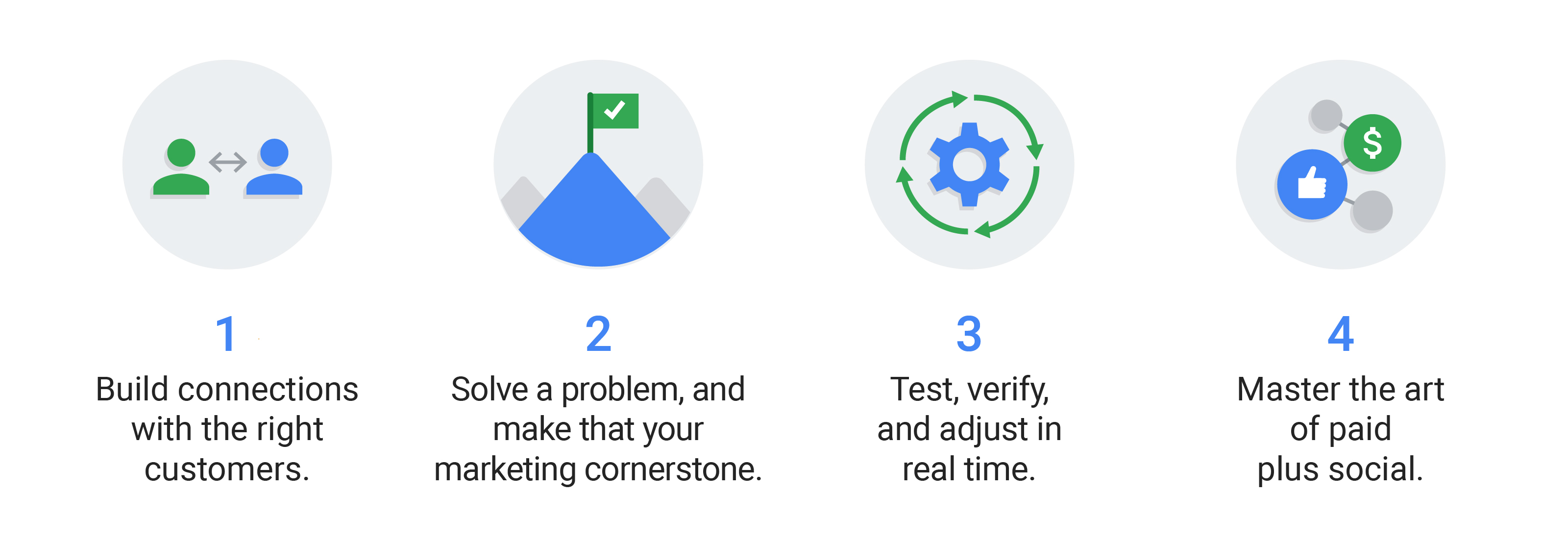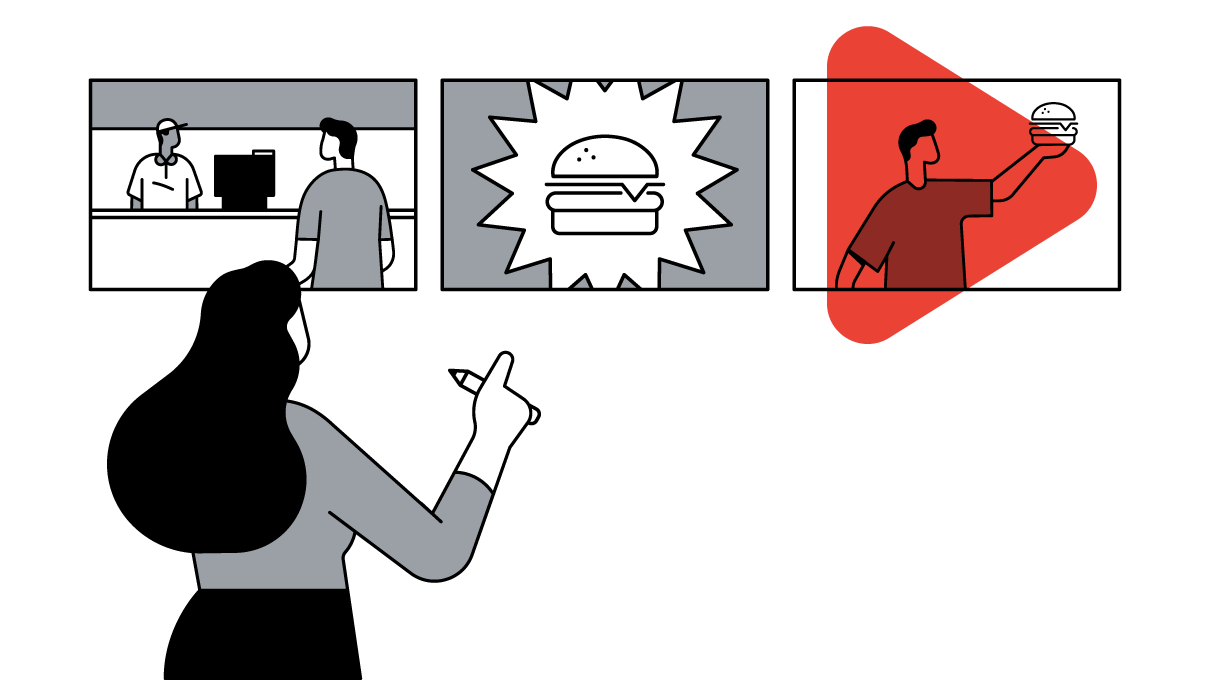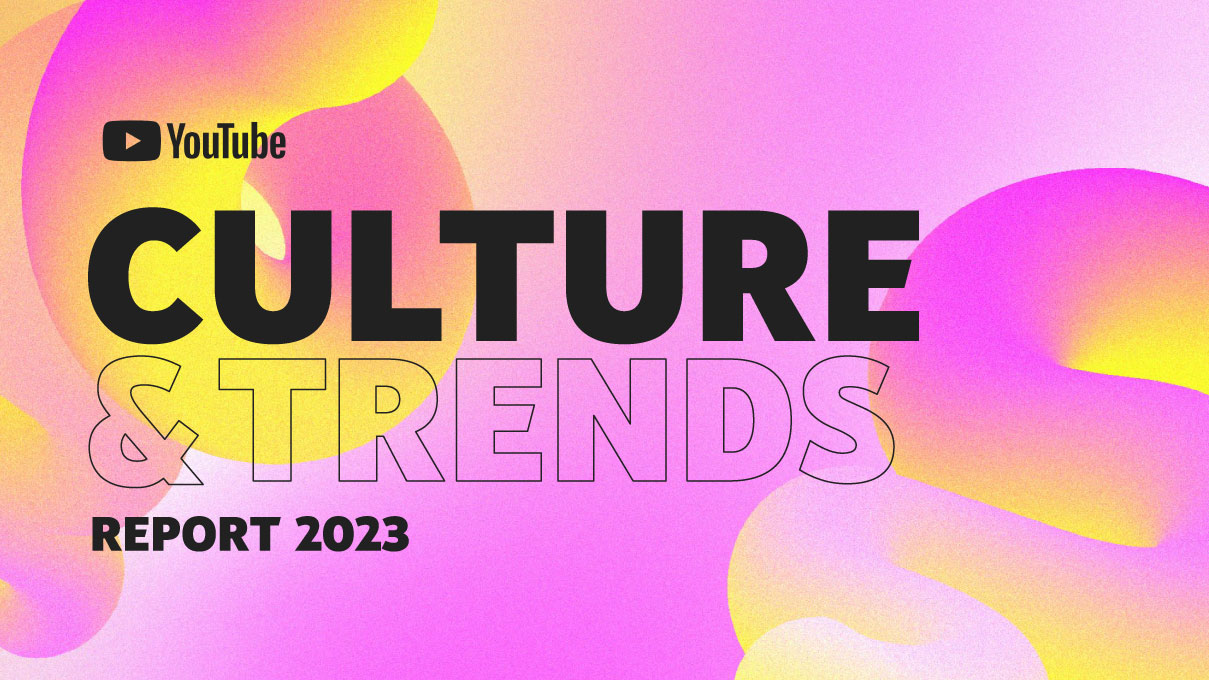Sheryl Goldstein, who heads up marketing at the Interactive Advertising Bureau and is a judge for the 2020 YouTube Works Awards, shares how direct-to-consumer brands are creating innovative marketing campaigns that drive results.
Good news for brands of all sizes: You don’t need infinite resources or a massive budget to drive results. Direct-to-consumer (DTC) brands — digitally native companies that cut out the middleman — are breaking the traditional rules of marketing and revolutionizing the way brands build relationships with customers.
The lean work being created by these companies inspired the YouTube Works Awards “The David,” a category that celebrates campaigns from David-sized brands that make a Goliath-sized impact.
I’m fascinated by campaigns like these, not only as a marketer, but also in my role as senior VP of marketing and member investment at the Interactive Advertising Bureau. Our mission is to give marketers the tools and inspiration they need to succeed in the digital economy. That includes taking a closer look at the brands that are breaking rules and setting new precedents.
Here’s what marketers can learn from four DTC brands that are disrupting their respective industries with lean resources, strong instincts, and sharp creative.
4 marketing lessons from small disruptors

1. Build connections with the right customers
DTC brands know the value of a one-to-one connection. They’re obsessed with building intimate customer relationships through digital, using audience cues and personalization to inform their creative and media. And, because of their size, they’re constantly thinking of ways to introduce their brand to new customers in smart, cost-effective ways.
This is the thinking that fuels Rothy’s approach to growth. The footwear brand has resisted the impulse to push its product out to as many people as possible on the obvious channels, and instead focuses on context. Where are its target customers? What do they need? Which channels are they using?
By asking these questions, Rothy’s realized that stylish, eco-conscious shoppers who happen to be in the market for a new pair of flats aren’t just typing “shoes” into search. In a recent Google campaign, Rothy’s experimented with unbranded search terms like “recycled plastic bottles,” “sustainability,” and “machine washable” to differentiate itself from competitors.
The approach paid off. In just two months, Rothy’s saw a 200% increase in brand growth while running the campaign with nonbranded search terms.
2. Solve a problem, and make that your marketing cornerstone
If you have a deep understanding of consumers and their needs, you can create products that solve real problems. As recently as 2017, few, if any, makeup brands catered to all skin tones. That was until Rihanna and Fenty Beauty came along, launching 40 shades of foundation, a first in the cosmetics space. The company made the solution to this problem the foundation of its marketing story.
Its slogan, “Beauty For All,” acted as both the North Star for every piece of campaign creative and a rallying cry for people who had, until then, been underserved by the industry. And it did this without using the term “inclusive” once, but rather by showcasing authentic stories rooted in culture that resonated with their diverse audience. Fenty’s “solution story” carried over to its media approach too. The brand launched in 17 countries on the same day at the same hour with an omnichannel marketing strategy. It was also ready to ship product to 137 countries.
It was the biggest beauty launch in YouTube history, with 132 million views of content related to Fenty Beauty in the month that followed. And it was named one of Time magazine’s best inventions of the year in 2017.
3. Test, verify, and adjust in real time
One major benefit of being small and nimble is that you tend to have fewer silos and speedier approval processes. Best-in-class DTC brands capitalize on this to test and learn on the go, make quick decisions, and optimize their digital strategy on the fly.
Take Detroit-based luxury brand Shinola. In a recent campaign showcasing its American-made craftsmanship, it used YouTube’s video ad sequencing tool, which allows marketers to serve up a series of ads in the order they define. The team figured a shorter ad would hook people’s attention and prime them to watch the longer one later. So they built their sequence in that way.
To validate their creative hunch, they turned to data. The team tested different sequencing options, and uncovered a surprising insight: The opposite of their theory was true. When they started with a 15-second video and followed up with six-second ads, they saw stronger results.
They adjusted their sequencing strategy in real time. The new approach increased store traffic and helped the brand drive 2X the revenue from nonbranded search terms.
4. Master the art of paid plus social
Smaller disruptor brands are experts at being quick-thinking and scrappy with their resources. They know how to build organic buzz through social, which helps amplify their media investment. But to really supercharge a campaign, smart marketers approach paid and social holistically.
In the span of five years, mattress company Purple has evolved from a Kickstarter campaign to the company behind the internet’s favorite videos about mattresses. Since 2016, its “infotainment” series has earned hundreds of millions of views and driven significant sales lift.
But Purple wasn’t simply a viral phenomenon, and its ads didn’t catch on just by chance. From the beginning, the company focused on a smart digital strategy that helped it reach the right people while fueling social buzz with strong, personality-infused creative.
Its paid strategy focused on audiences going through life moments — starting college, moving, getting married — associated with the purchase of a new mattress.
Their playful ads were designed to feel like social content ripe for sharing. Consider its “Human Egg Drop Test” ad, which turned the traditional mattress-testing ad on its head by dropping a person with raw eggs attached to his back onto a Purple mattress. That ad earned a top spot on the YouTube ads leaderboard. As people were engaging with and sharing Purple videos, the company continued paid promotion to make sure its core audience received its message.
Regardless of size, category, industry, or access to resources, all brands can take a cue from the DTC disruptors that are breaking through today.
Sheryl Goldstein is part of the judges panel for the 2020 YouTube Works Awards. Submissions are open until January 17, 2020.







